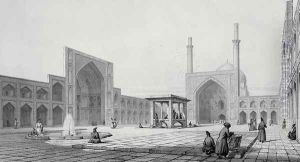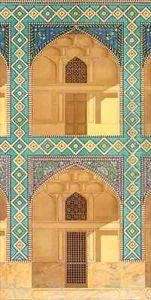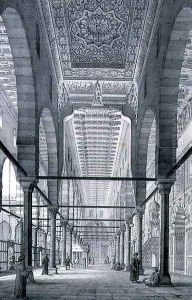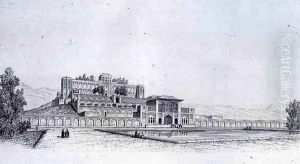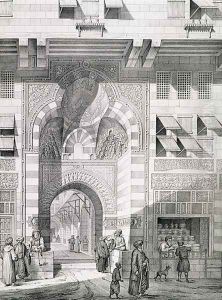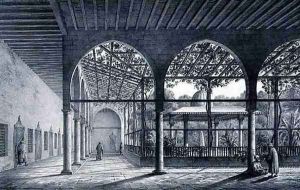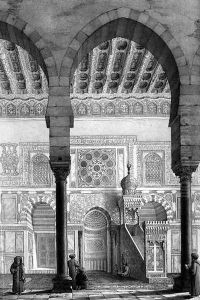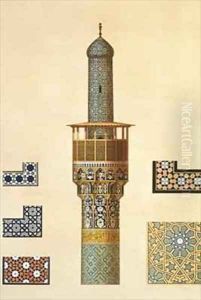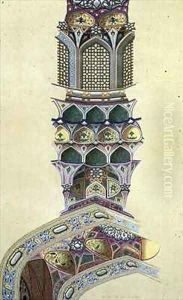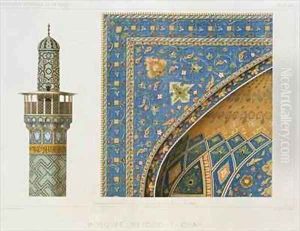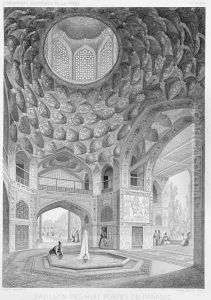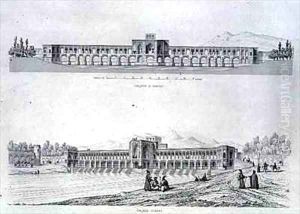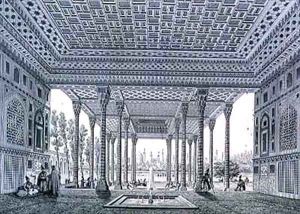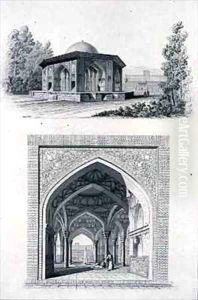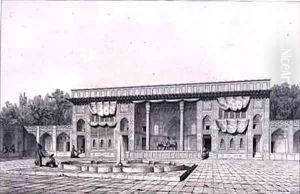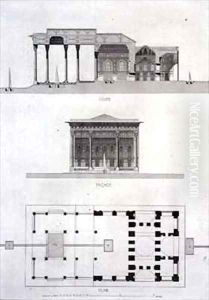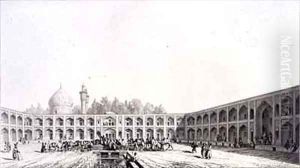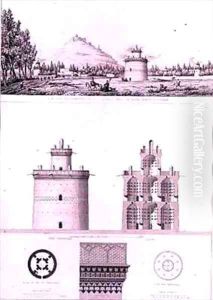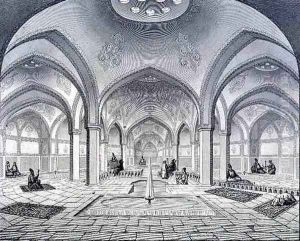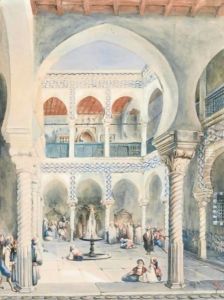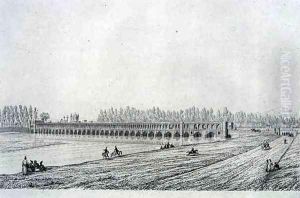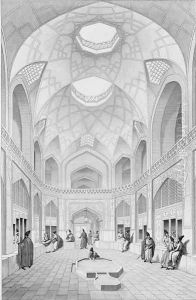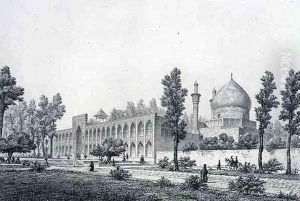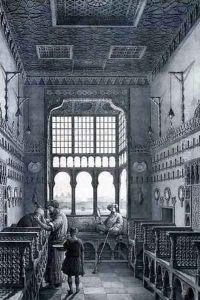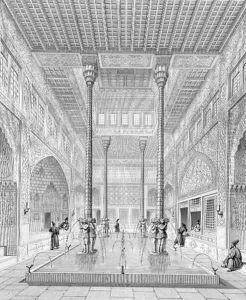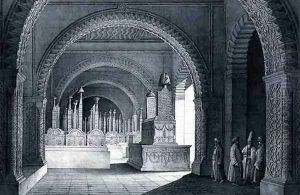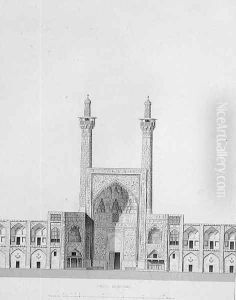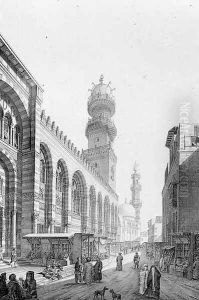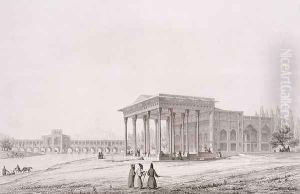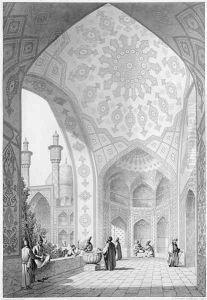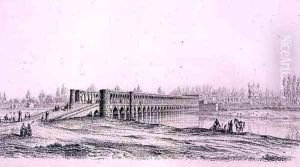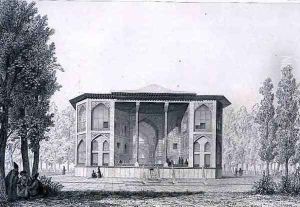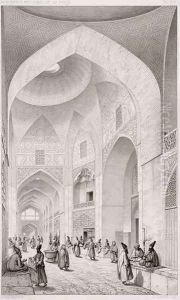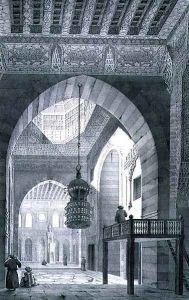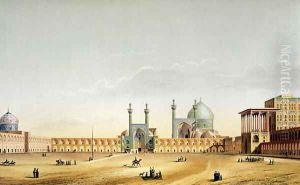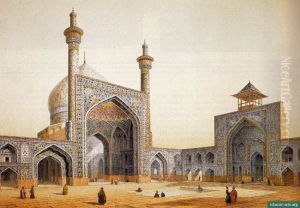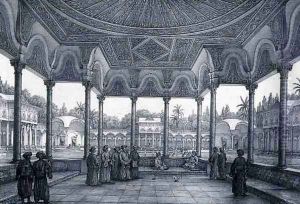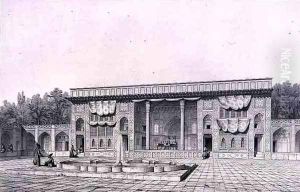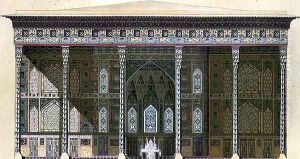Pascal Xavier Coste Paintings
Pascal-Xavier Coste was a French architect, born on November 26, 1787, in Marseille, France. He is primarily known for his work in Egypt and his contribution to the field of Orientalist architecture. Coste was among the cohort of French scholars and experts who accompanied Napoleon Bonaparte during his Egyptian campaign in the late 18th and early 19th centuries, although Coste himself arrived in Egypt after Napoleon’s departure.
During his time in the Middle East, Coste extensively studied Islamic architecture and design. He was employed by Muhammad Ali Pasha, the Ottoman governor of Egypt, who was keen on modernizing the country. Coste's role in Egypt was multifaceted; he not only designed and supervised the construction of various structures but also took on the task of documenting and illustrating the ancient Egyptian monuments and architecture.
Coste's most significant contribution to the field of architecture is his collection of drawings and observations that provide detailed insights into the historical architecture of Egypt and the Middle East. These works were later published in a series of volumes titled 'Description de l'Égypte,' which became a foundational resource for the study of Egyptian history and architecture.
After his return to France, Coste continued his work as an architect and participated in various projects. His experiences in the Middle East greatly influenced his design style, as seen in his later works which often incorporated Orientalist themes and elements.
Pascal-Xavier Coste passed away on February 8, 1879, in Marseille. His legacy as an architect and a pioneer in the study of Islamic art and architecture continues to be recognized by scholars and enthusiasts of historical Middle Eastern architecture. His drawings and writings remain valuable resources for understanding the architectural heritage of the region.
